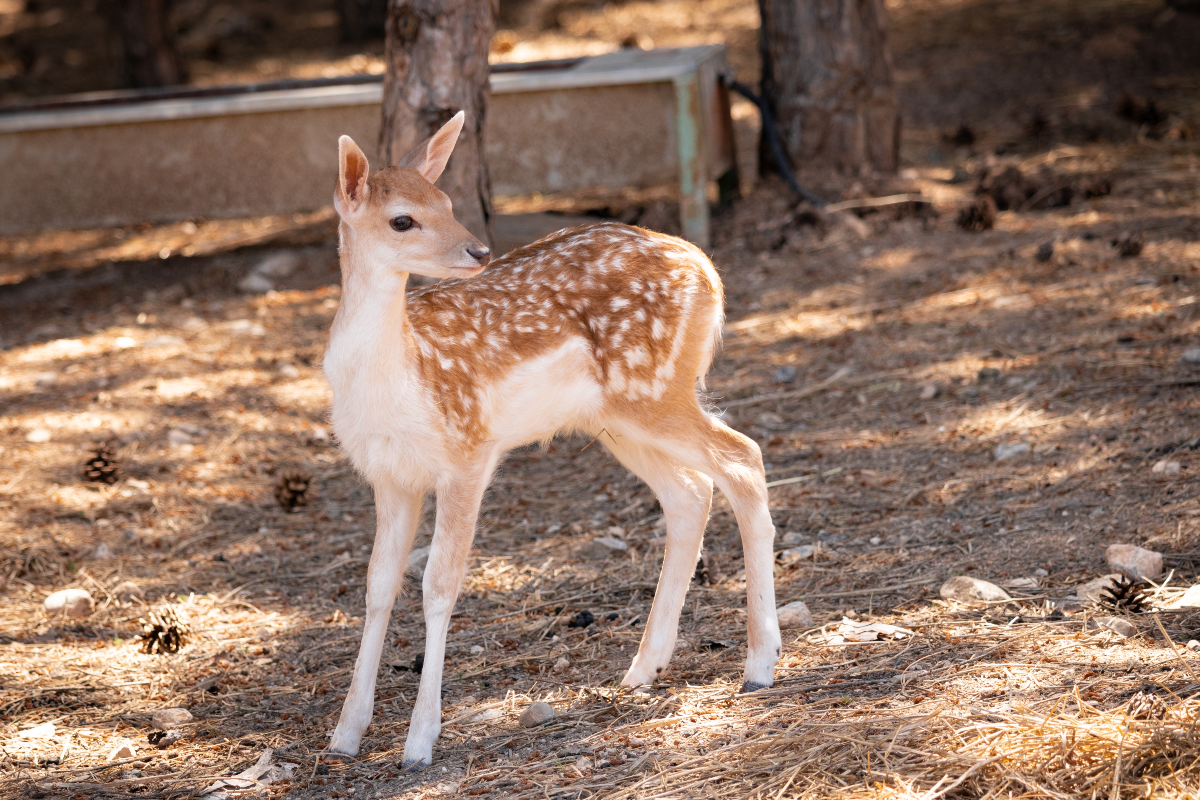Video of a Happy Fawn Getting Tons of Head Scritches Will Melt Anyone's Heart

Melgosh Mahmut via Shutterstock
Most of us see baby animals as cute, cuddly critters that deserve to be doted on and snuggled 24/7 - but unless those baby animals belong to a domesticated species, those affectionate feelings probably won't be reciprocated. Wild animals are understandably cagey around humans even from birth - much to the chagrin of humans who can't get enough of them!
But there are always exceptions to this rule, especially when it comes to "wild" animals that were raised by humans from birth. Take this whitetail fawn, who was raised by humans from birth on a farm in Michigan. Not only is she comfortable around her humans, she's also a huge fan of head scritches! Take a look:
Oh my goodness... that adorable fawn is in Head Scritch Heaven. Her human dad, @thedeerguy.mi, knows that the power of head scritches transcends all language barriers, especially when it comes to baby animals. It's the perfect way to say "I love you" to a furry friend, and considering all the licks she keeps planting on Dad's scritching hand, I reckon she's trying to say 'I love you" right back! That, or she sees his hand as a sweaty salt lick...
Related: Deer and Bunny Having ‘Bambi and Thumper’ Moment Brings All the Disney Vibes
The Deer Guy raises dozens of whitetail deer on his Southwest Michigan deer farm, and he has all kinds of adorable interactions with his fawns, which he documents on his TikTok page. This fawn is far from the only deer on the farm who loves getting scritches, though. As seen here, his doting deer will practically swarm him to get their daily allotment of head pats - and snackies, of course!
Fun Facts About Whitetail Fawns
The head-scritch loving fawn was probably just a couple months old in Deer Guy's video. According to Connecticut's Forestry Division, whitetail fawns are typically born in late May through early June (about six months after mating season), and they come out sporting a pattern of white spots against their reddish-brown fur. These spots camouflage the fawn by making it blend with the forest floor, but they eventually fade away by the time they're about 3-4 months old. That baby still had her spots, so she must have been practically brand-new!
When they're still very small and vulnerable, whitetail fawns spend a lot of time laying low and waiting for their mamas to care for them. However, they're not entirely helpless, either. Fawns can start standing and walking within a half-hour of their birth, though their little legs are shakey at the start. It doesn't take long for them to find their footing, though. According to Dr. Leonard Lee Rue, by Day 5 post-birth, most fawns are capable of springing up and dashing away at a speed faster than most predators (including humans) can run. If they're scared of you, these fawns won't stick around!
But while a fawn may be able to escape its predators, it won't last long without its mother. It's important to recognize the signs that a fawn has been abandoned or orphaned by its mother - just seeing a baby fawn lying by itself is normal and not a red flag on its own. However, Maine's Department of Fisheries and Wildlife advises calling in professional intervention if the fawn has been crying aimlessly for hours, is covered in flies or ticks, is weak or critically injured, or is found in the vicinity of a deceased doe. If you think you've found an abandoned fawn, reach out to your state's wildlife agency or local wildlife rescue hospital right away!
Looking for more PetHelpful updates? Follow us on YouTube for more entertaining videos. Or, share your own adorable pet by submitting a video, and sign up for our newsletter for the latest pet updates and tips.
